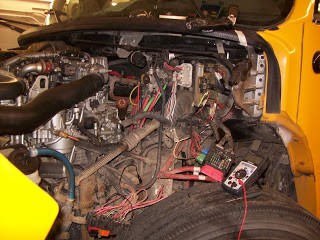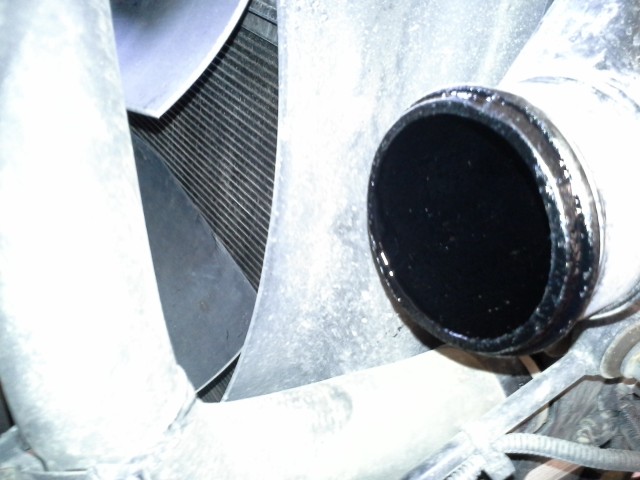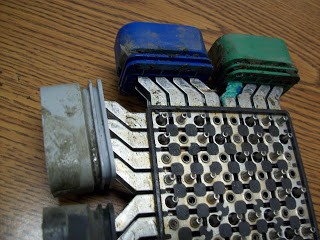Staying On Top of Your Field
Finding ways to analyze problems more efficiently that don’t take up a lot of time is like gold to me. The one thing that always wins over mechanical and electrical problems is experience. Once you’ve been through the “stumbling around” phase the second time around is always easier. Going down the wrong path during troubleshooting is very common. You get a hunch and run with it and if falls flat that’s an experience you will remember the next time.
Electrical Wiring Troubleshooting
By the time I got to the third year in my apprenticeship which covered fuel injection and electrical it was obvious to me that this module was going to be the hardest of them all…..especially in the electrical part of the module. After fumbling around doing tests in the shop and studying electrical theory it still wasn’t easy to understand clearly. Over the years the more electrical problems that came around helped to clarify exactly what electricity was all about.

It’s voltage, current and resistance. Each one of these readings effect each other causing opens, shorts and resistance in any given circuit. You need voltage to push the current through the wiring. Less voltage is relevant to how much current flows. A resistance like a poor ground or connection also effects current.
So it’s always wise (in my experienced opinion) to check the source (battery) first then the connections in the circuit in question including the grounds. Checking voltage drop is my favourite test of all. This sounds too simple but many times techs will go for the modules first before checking the health of the wiring circuits.
Emissions Troubleshooting
Soot is not our friend. It’s all over the place and it’s not going away. The closed crankcase ventilation systems are at the mercy of soot and NOx particulates that pollute the internal parts of today’s diesel engines. Every one of them has to go through constant cleaning using the regeneration process. The engine ECM is programmed to read the sensors throughout the engine emissions system and tell the regen components to start the cycle and try to clean out the soot contamination.

Our shop is at the point now where we start pulling piping from the turbo and boost sensors to see if they are coated with soot to the point of failure. Soot weighs down the turbo wheels and creates a barrier to prevent a proper reading from sensors. Maintenance comes into play cleaning and replacing parts.
New technology is testing the resilience of the modern diesel engine and troubleshooting has come down to checking the codes to see which sensor has failed and replacing it. Then continuing on with a forced regen to try and cook out the build up of tar like glue that will never be cleaned out completely.
Dealing With Corrosion
Corrosion on a school bus or any type of transport vehicle will always happen. It will rear it’s ugly head several times during the life of one of our school buses. Components mounted on the frame or connections exposed to the elements will always corrode unless it’s checked every service. If it’s a corrosion hot spot it can become a maintenance campaign that gets checked out on a regular basis.

We use “Penlub” for electrical connections and 3M terminal spray (the red stuff the factory uses) to keep the moisture away as much as possible. It will make your PM program much easier to handle without phantom electrical problems caused by leaking voltage across terminals. It’s a nasty thing corrosion…..but once again experience wins.
I hope this information helped you out and your nodding your head because you’ve gone through some of the same scenarios. Please share your experiences with us and post a comment below. Thanks for stopping by.






